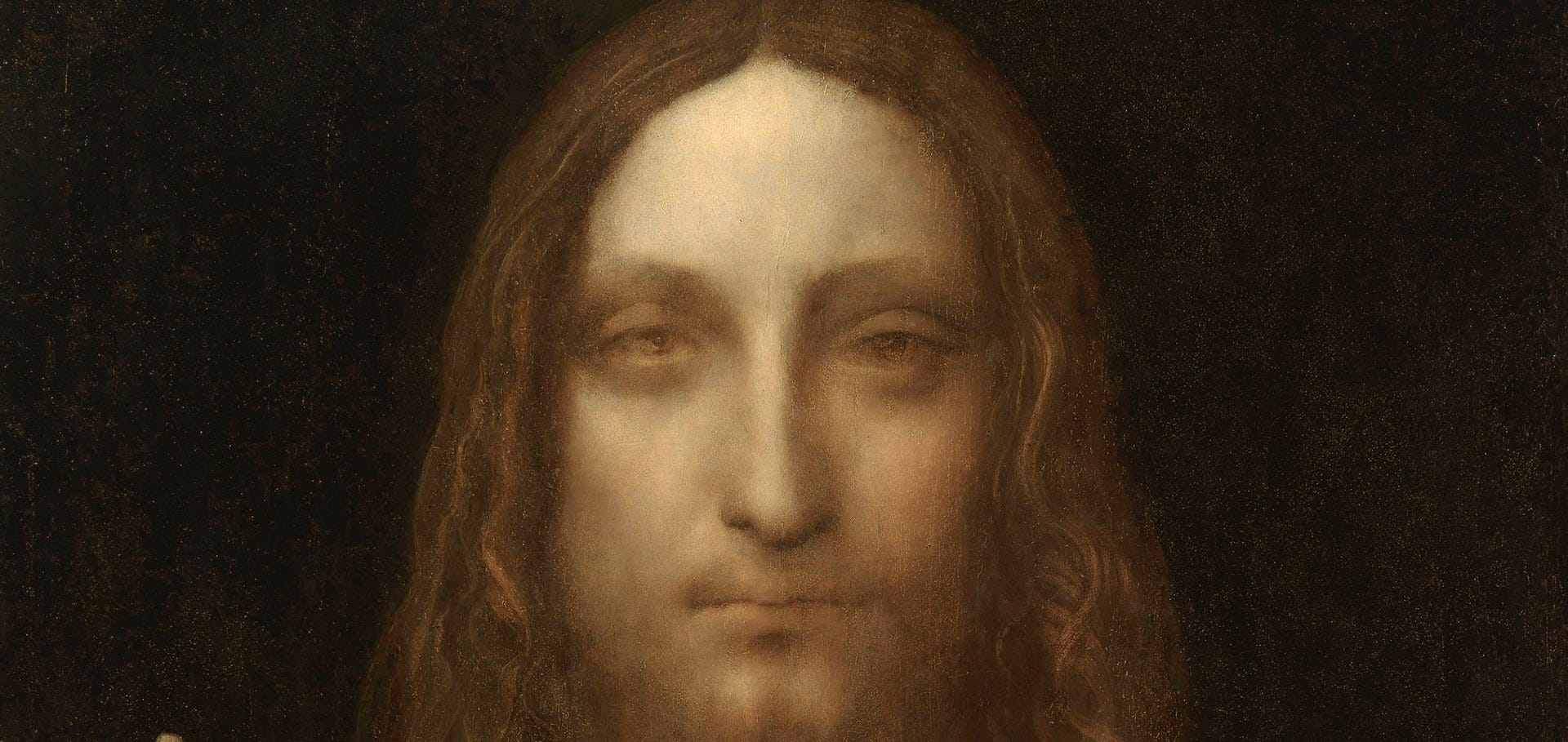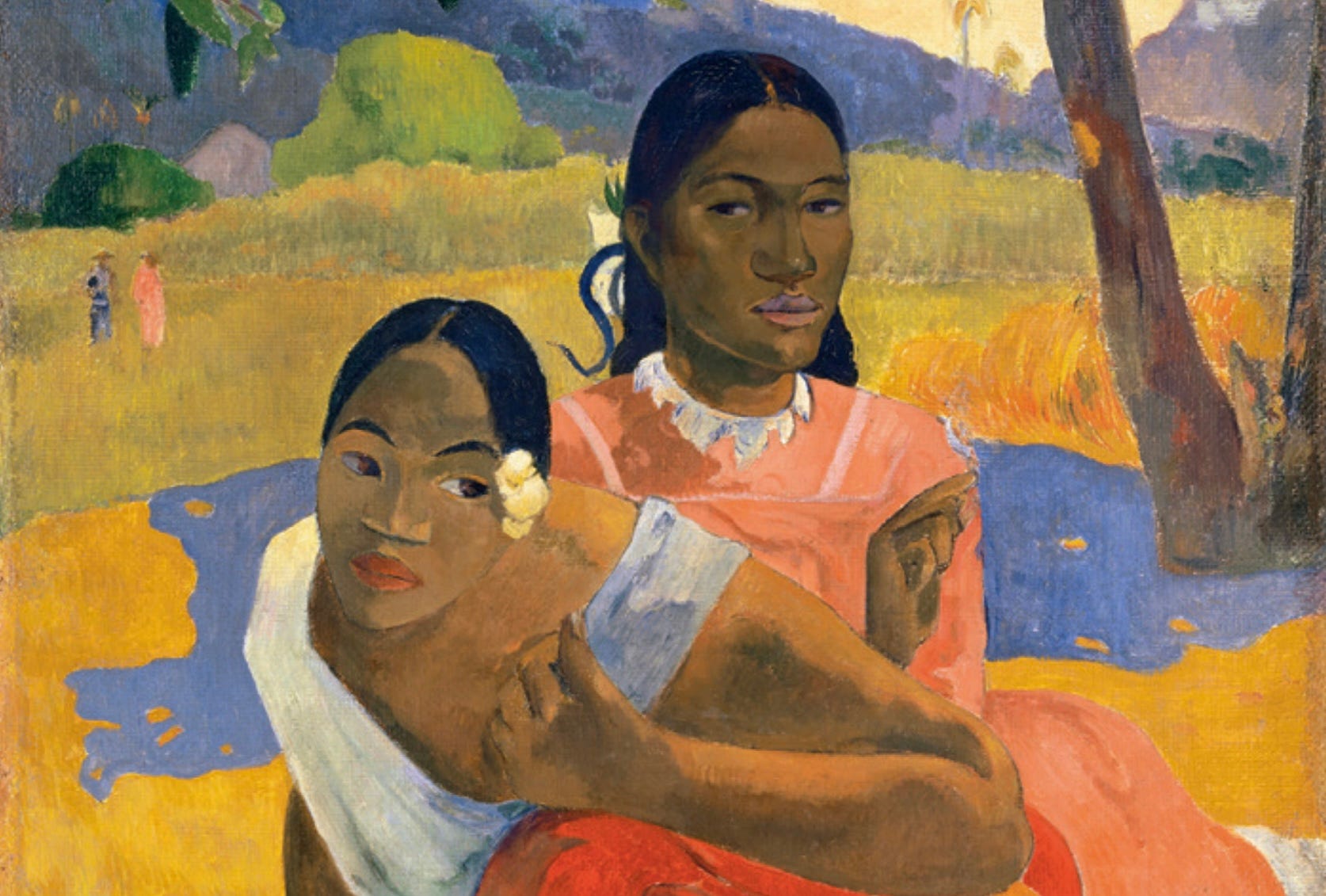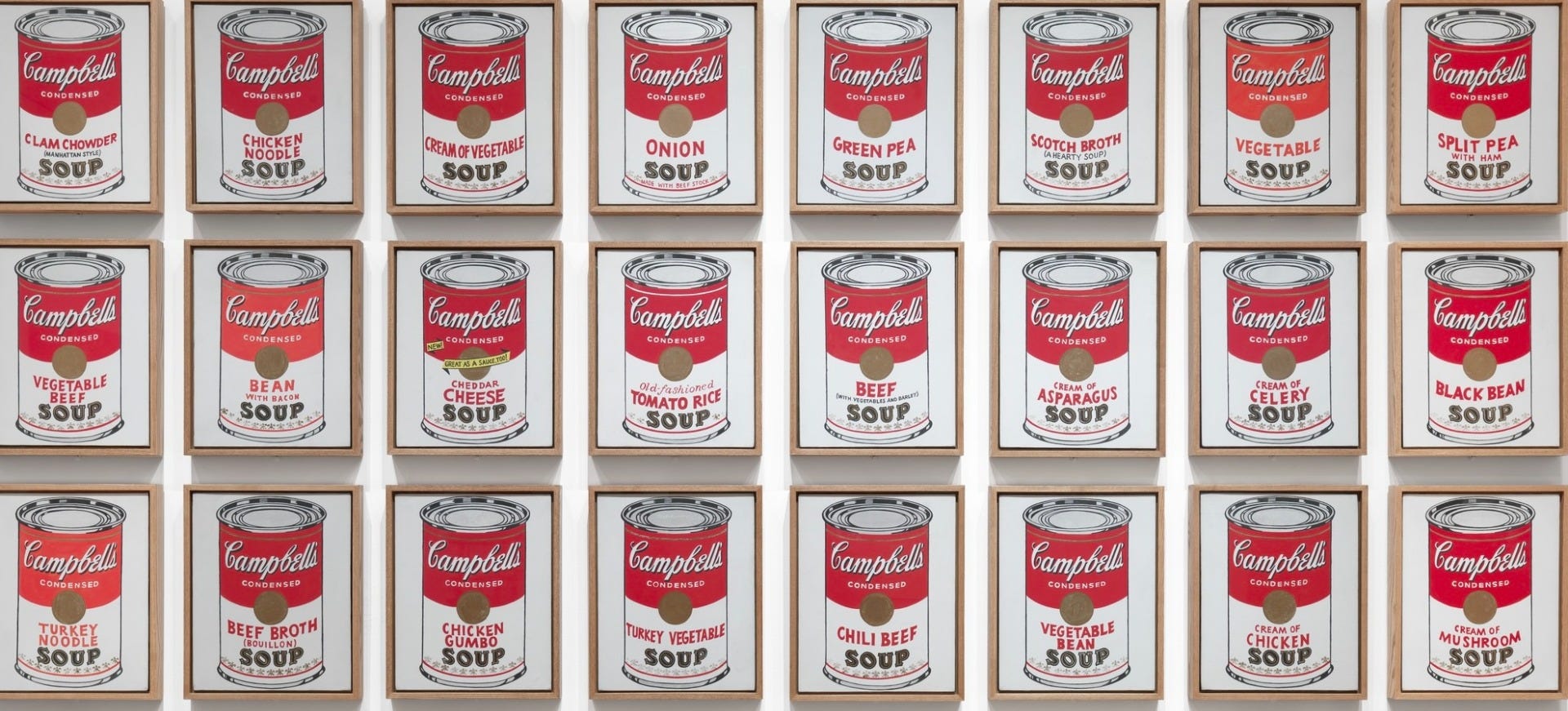Who Was Andy Warhol, The Ultimate King Of Pop Art?
- Nov 20, 2023

Image: Andy Warhol - Self-Portrait, 1986. Synthetic polymer paint and silkscreen ink on canvas. 203.2 x 203.2 cm. National Gallery of Art, Washington, Gift of the Collectors Committee © 2004 Andy Warhol Foundation for the Visual Arts / ARS, New York
Discover the enigmatic world of Andy Warhol, the king of Pop Art. How did his early life influence his iconic art? What makes his use of popular culture and commercial imagery so captivating? How has his legacy shaped contemporary art and culture? In this article, we delve into the life and works of Warhol, exploring the mysteries behind his masterpieces and his enduring impact on the art world. Join us as we unravel the fascinating story of one of Pop Art’s most intriguing figures and learn about the exciting upcoming exhibitions in 2024.
Pop Art Movement
As the 1950s drew to a close, a new art movement emerged. Pop Art introduced a wave of artists who left a lasting impact on art history. Following the popularity of Abstract Expressionists in the late 1940s, Pop Art marked a significant shift. Unlike the abstract forms and gestural expressionism of their predecessors, Pop artists reintroduced identifiable imagery from mass media and popular culture, moving away from traditional “high art” themes. Instead, they celebrated everyday objects and people, aiming to elevate popular culture to the level of fine art. This incorporation of commercial images has made Pop Art one of the most recognizable modern art styles.
Pop Art History
Pop Art began in Britain in the mid-1950s, conceived by a group of young, subversive artists. The term “Pop Art” was first used by the Independent Group, part of the Institute of Contemporary Art in London. Pop Art acknowledges popular or “material culture” without critiquing its consumerist implications, merely recognizing its pervasive presence. By the early 1970s, Pop Art had completed and concluded the Modernism movement, reflecting contemporary society back on itself. Pop artists searched for traces of trauma in the mediated world of advertising and popular imagery, suggesting there is no unmediated access to any aspect of reality.
Pop artists believed in the interconnectedness of everything and sought to make those connections literal in their artwork, blurring the boundaries between “high” art and “low” culture. This lack of cultural hierarchy and the idea that art can draw from any source are key characteristics of Pop Art. Despite its variety, Pop Art is often emotionally detached compared to the “hot” expression of gestural abstraction. This ambivalence has sparked debate about whether it signifies acceptance of or withdrawal from popular culture. Pop Art’s imagery has been seen as both an endorsement of and a critique of the capitalist market, emphasizing art’s commodity status.
Andy Warhol: Pop Artist Profile
Many Pop artists began in commercial art. Ed Ruscha was a graphic designer, James Rosenquist a billboard painter, and Andy Warhol a successful magazine illustrator. Their commercial backgrounds equipped them to merge high art with popular culture.
Early Life
Andy Warhol, born Andrew Warhola on August 6, 1928, in Pittsburgh, Pennsylvania, to Slovak immigrants, showed an early interest in photography and drawing. He attended free classes at Carnegie Institute and was part of a Byzantine Catholic family. After his father died when Andy was 13, Warhol’s frequent illnesses and isolation shaped his artistic development. Warhol’s early experiences with illness, art classes, and collecting celebrity memorabilia influenced his later work. He graduated from the Carnegie Institute of Technology in 1949 with a major in pictorial design.
Pop Art Style
In college, Warhol developed the blotted-line technique, which he used in commercial advertisements in the 1950s. By 1960, he transitioned to painting and canvas, focusing on popular items like Coke bottles and comic strips. Warhol’s breakthrough came with his 1962 exhibition at the Ferus Gallery in Los Angeles, featuring his Campbell’s Soup can paintings. His work quickly gained international acclaim, placing him at the forefront of the Pop Art movement.
Warhol’s Notable Pop Art Works
Warhol expanded into other media, producing records, publishing magazines, and creating avant-garde films. His controversial embrace of market culture and diverse activities, including painting commissioned portraits, have solidified his legacy. Warhol’s ability to blend fine arts and commercial arts revolutionized art thinking, making his work both controversial and popular. In the 1970s, he renewed his focus on painting, creating notable works like Skulls, Hammer and Sickles, and Torsos. Warhol’s re-emergence in the 1980s brought him critical and financial success, influenced by his relationships with younger artists like Jean-Michel Basquiat and Julian Schnabel. Warhol died on February 22, 1987, after routine gall bladder surgery.
Forever King of Pop Art
Andy Warhol remains one of the most influential artists of the 20th century, renowned for his Pop Art paintings and screen printings. Known for his diverse relationships and controversial works, Warhol’s colorful life and contributions to art solidify his title as the King of Pop Art.
Impact, Legacy, and Upcoming Exhibitions
Today, Andy Warhol’s art continues to captivate audiences worldwide. His works are featured in major museums and exhibitions, reflecting his enduring legacy. Art historians and enthusiasts alike remain fascinated by his ability to challenge perceptions and provoke thought through his unique blend of popular culture and commercial imagery.
In 2024, an exciting new exhibition titled “Andy Warhol: The Pop Art Pioneer” will celebrate Warhol’s work. The exhibition will take place at The Museum of Modern Art (MoMA) in New York City from June to September and will then travel to the Tate Modern in London from October to January 2025. This exhibition will showcase Warhol’s impact on the Pop Art movement and his ongoing influence on modern art. The exhibition will feature rare pieces, including some of his early works, and provide fresh insights into Warhol’s creative process. This event is a testament to Warhol’s lasting significance in the art world and his ability to captivate new generations of art lovers.
Discover more about Andy Warhol and the Pop Art movement on Musart.com, where art history comes alive.








